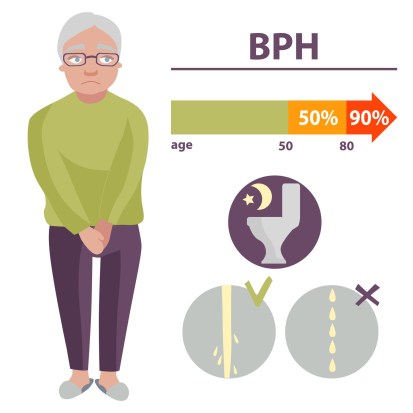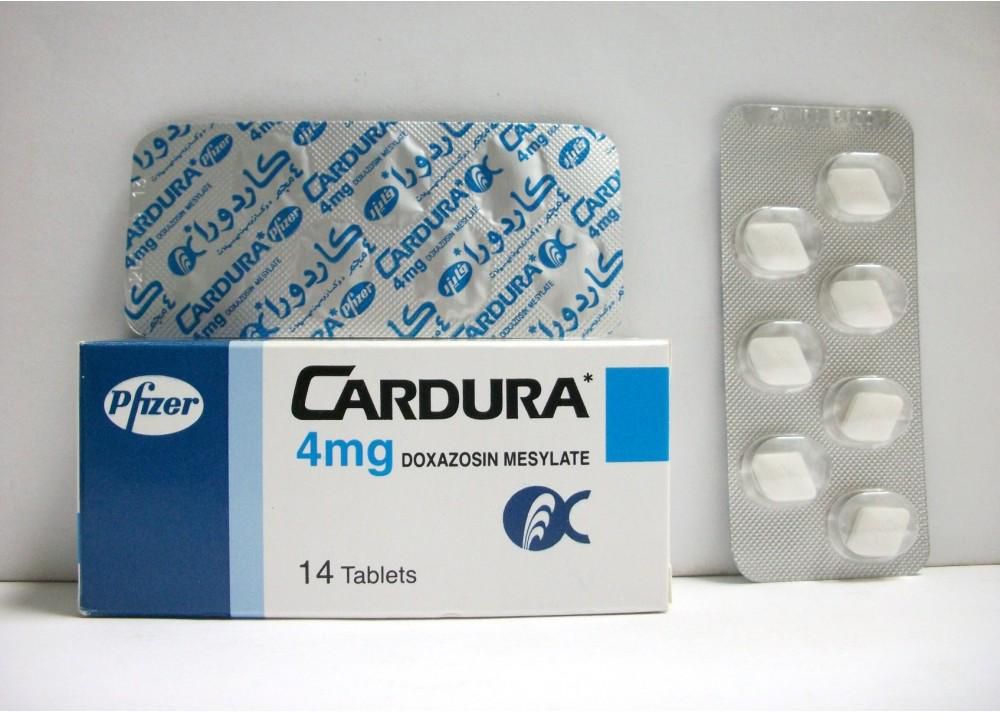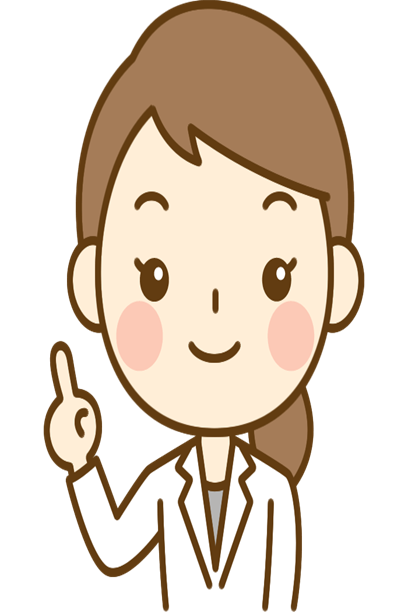
Today, we will learn some knowledge on how a physician diagnose Benign Prostate Hyperplasia (BPH) and what treatments available for BPH. If you have not read our previous article, Benign Prostate Hyperplasia (BPH) Part I, please click in the link!
Diagnostic Test of BPH

There are various diagnostic test that your physician may use to identify BPH. One of the most common test is Digital Rectal Examination (DRE). Doctor inserts a finger into the rectum and feels the presence of an enlarged prostate, or any lump or nodules. Prostate Specific Antigen (PSA) test is also done to detect PSA level in the blood. A rising in PSA level is often correlated with prostate cancer. However, PSA level will also increasing in BPH, which shows PSA level is a good marker of enlarged prostate volume. Thus, your physician may want to check your blood PSA level too. Before confirming the diagnosis, your physician also need to do a urine test, to detect is there any other factors such as bacterial infection or kidney failure which causes the irritable urinary symptoms. Urine Flow Test can be used to detect any urinary tract obstruction, whereby patients void into a receptacle that collects and measures the speed and strength of their urine flow. A slow urine flow may indicate the presence of prostate obstruction.
Medication Used in Treating BPH
There are various type of medicine available in the market which help to ease the urinary difficulties, may it be acts in shrinking the enlarged prostate size or helps in reducing the urinary incontinence.

alpha-adrenoceptor antagonist
This group of medicine acts in decreasing muscle tone of prostate and neck of the bladder, thus reducing bladder obstruction. Examples are Doxazosin and Tamsulosin.

5 alpha-Reductase Inhibitors
This group of medicine helps in shrinking the prostate size by preventing hormonal changes which causes prostate growth. Examples are Finasteride and Dutasteride.
Tips Help in Relieving BPH Symptoms
May be now you or someone around you are being troubled by the BPH symptoms. But no worry, there are some tips which can help to ease the annoying symptoms. Firstly, decreasing your fluid intake in the night time, especially before bed. Second, going to the toilet before you get the urge to urinate, which means, going to toilet on the clock, as this helps to decrease the urgency and incontinence. Third, practicing double voiding technique, which involves sitting in an ideal position to urinate and then waiting for 20-30 seconds to urinate again. This helps in emptying your urinary bladder. Lastly, reducing your caffeine intake as it may worsen the symptoms. If you have any queries, you should consult your healthcare provider immediately!

